Do Electric Fireplaces Need Ventilation? | B2B Guide
Do Electric Fireplaces Need Ventilation?
Published: | By: Fireplace Craftsman
During chilly winters, having a warm fireplace adds a lot of coziness to a home. However, traditional fireplace installation and maintenance can be relatively complex. Electric Fireplace Inserts, due to their convenience and modern functionalities, have gradually become the preferred choice for many households.
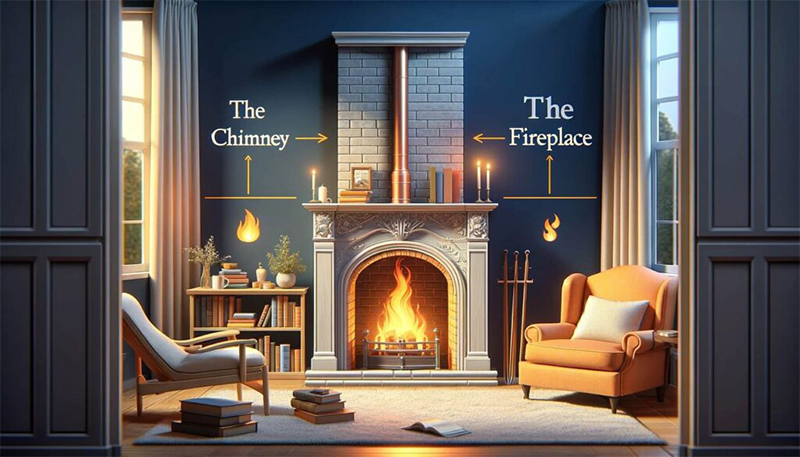
So, a common question arises: Do you need a chimney to install an electric fire insert? The answer is, no, you don’t.
Electric fireplaces do not require vents, chimneys, or flues because they do not produce real flames during operation, nor do they require any combustibles. Therefore, they do not generate smoke or harmful gases and do not require ventilation.

How do electric fireplace inserts work?
Electric fireplace heater inserts function by simulating the traditional fireplace’s flame effect and providing heat, focusing mainly on presenting the flame effect and heating.
- Flame Effect: LED light strips and reflective materials simulate realistic flame effects.
- Heating Function: The heating function of electric fireplace inserts is achieved through electric heating elements. When powered, these elements (usually resistance wires) quickly generate heat, which is then distributed evenly around the room through built-in fans and air outlets in the frame. Typically, electric fireplaces also come with different settings, usually two, to adjust the heating power for freely choosing the heating mode.
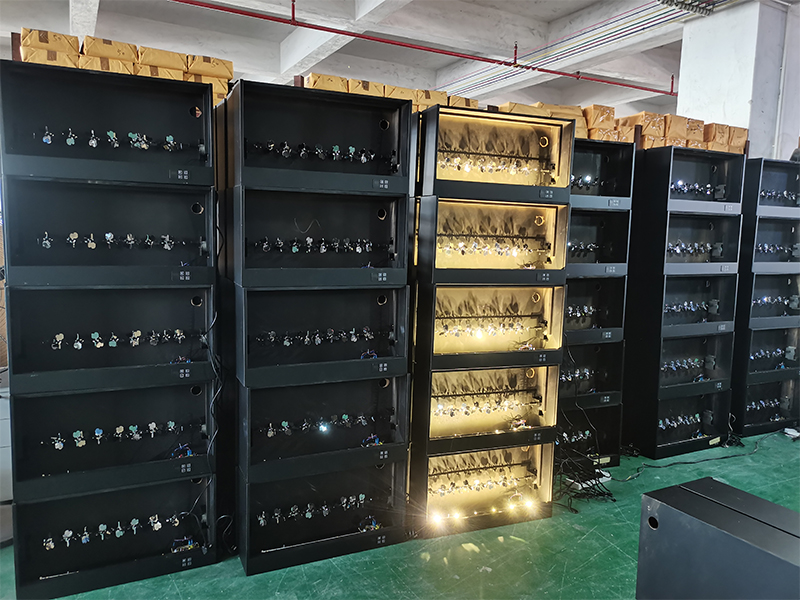
Why do other fireplaces need ventilation?
Burning fireplaces require wood, coal, or natural gas as combustibles to produce heat. However, during this combustion process, these combustibles react chemically with air, producing various toxic and harmful substances and gases that can endanger human health. Hence, a ventilation system is necessary to ensure these harmful substances are expelled outdoors.
1. Harmful Gas Emissions
- Carbon Monoxide (CO): CO is a colorless, odorless toxic gas produced when fuel burns incompletely. High concentrations of CO can cause carbon monoxide poisoning, which can be fatal.
- Carbon Dioxide (CO2): CO2 is produced during fuel combustion. While CO2 itself is not toxic, high concentrations in enclosed spaces can lead to oxygen depletion, affecting respiration.
- Nitrogen Oxides (NOx): During combustion, nitrogen and oxygen in the air react at high temperatures to produce nitrogen oxides, which can irritate the respiratory tract and potentially cause respiratory diseases.
2. Particle and Smoke
- Smoke and Ashes: Burning wood and coal generate large amounts of smoke and ash. These particles not only pollute indoor air but can also harm human health, especially the respiratory system.
- Volatile Organic Compounds (VOCs): Some fuels release volatile organic compounds during combustion. These compounds can be harmful to humans at high concentrations and may cause symptoms such as headaches and nausea.
3. Other Byproducts
- Water Vapor: Water vapor produced during combustion increases indoor humidity. Poor ventilation may lead to damp indoor environments conducive to mold growth.
- Smoke and Odors: Smoke and odor from burning fuels can spread indoors, affecting comfort.

Why don’t modern electric fireplace inserts need ventilation?
- No Combustion Process: Traditional fireplaces require ventilation because they need to expel smoke, ashes, and harmful gases during combustion. Electric fireplaces, on the other hand, operate by electric heating and do not burn any substances, so they do not produce any exhaust gases, smoke, or harmful gases, eliminating the need for ventilation.
- Sealed System: Electric fireplaces are designed to be completely sealed, and their flame effects are merely visual simulations without actual flames. This means there’s no need to worry about airflow, and heat is distributed directly into the room through electric heating elements and fans.
- Energy-Efficient Design: Electric fireplaces often come with different heating and decorative modes with various rated powers, allowing for energy-efficient operation. Thanks to their sealed systems and the conversion of electricity into heat, there’s no heat wastage, eliminating the need for additional ventilation for cooling.
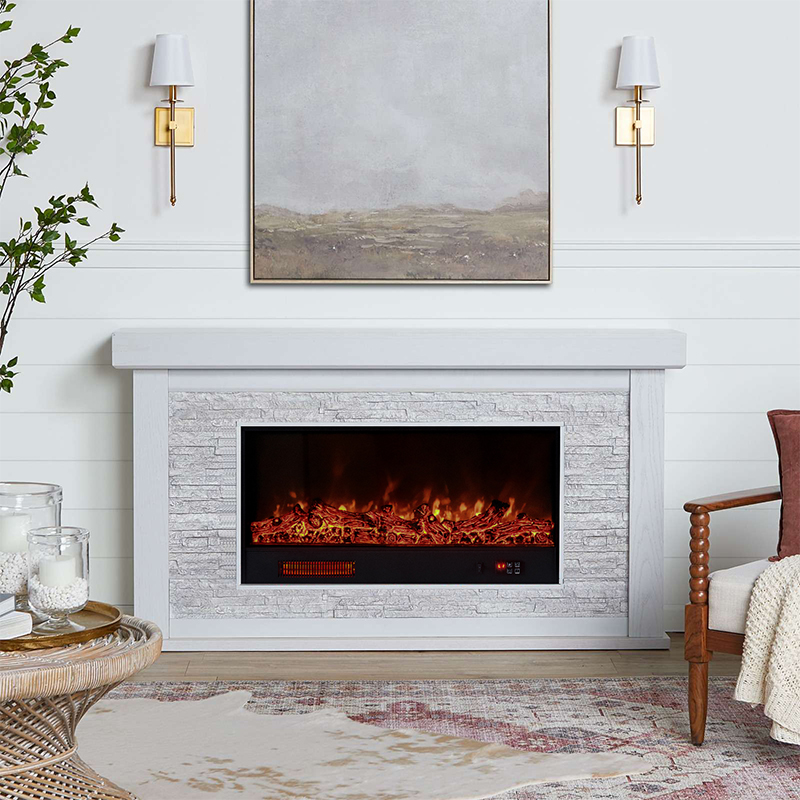
Comparison: Electric vs. Traditional Fireplaces
| Feature | Electric Fireplace Insert | Traditional Fireplace (Wood/Gas) |
|---|---|---|
| Venting Required? | No | Yes (Chimney/Flue required) |
| Combustion Process? | No (Electric Heating) | Yes (Burns fuel) |
| Harmful Emissions | None | Yes (CO, Smoke, NOx, Ash) |
| Installation Complexity | Low (Plug and Play) | High (Structural modification) |
Advantages of Electric Fireplace Inserts
Convenient Installation and Maintenance
- Easy Installation: Electric fireplace inserts require no chimney or ventilation ducts; they only need to be plugged into power sources. This greatly simplifies the installation process, requiring no professional construction or significant alterations to home structures.
- Easy Maintenance: Traditional fireplaces require regular chimney cleaning and ash removal, while electric fireplace inserts require almost no maintenance. Occasional exterior cleaning and power line checks are all that’s needed.
Flexible Design
- Multiple Installation Options: Electric fireplace inserts can be inserted into existing fireplace alcoves, mounted on walls, or even freestanding. This makes them suitable for various room layouts and design styles.
- Diverse Styles: Electric fireplace inserts come in various designs and styles, from modern minimalistic to traditional classics, seamlessly blending with different interior decoration styles.
Environmentally Friendly and Energy Efficient
- No Pollutant Emissions: Electric fireplace inserts use electricity and don’t burn any fuel, so they don’t produce smoke, ash, or harmful gases, helping to improve indoor air quality.
- Highly Efficient: Many electric fireplace inserts employ advanced electric heating technologies, efficiently converting electricity into heat and reducing energy waste. Some high-end models also feature smart temperature control systems that adjust power based on room temperature, further saving energy.
Safety Features
- No Open Flames: Electric fireplace inserts simulate flame effects using electric heating elements and LED lights, eliminating the risk of fire hazards.
- Overheat Protection: Most electric fireplace inserts come with overheat protection mechanisms that automatically shut off when internal temperatures are too high, ensuring safety.
- Low Surface Temperatures: The outer shell and glass panels of electric fireplace inserts typically maintain low temperatures, eliminating the risk of burns, even with children or pets around.
Comfort and Aesthetics
- Realistic Flame Effects: Modern electric fireplace inserts utilize advanced LED technology to realistically simulate flames and burning logs, providing visual enjoyment.
- Adjustable Settings: Many electric fireplace inserts allow users to adjust flame brightness, color, and heating intensity, catering to personal preferences and seasonal changes, creating the ideal indoor ambiance.
Economic Benefits
- Low Initial Investment: Compared to traditional fireplaces, electric fireplace inserts have lower purchase and installation costs since there’s no need for chimney construction and maintenance.
- Long-Term Savings: The high efficiency and smart control systems of electric fireplace inserts can reduce electricity consumption, lowering long-term operating costs.
User Experience
- Convenient Control: Many electric fireplace inserts come with remote controls and smartphone apps, allowing for remote control of the fireplace’s power, temperature, and flame effects, enhancing convenience.
- Quiet Operation: Electric fireplace inserts operate almost silently, without disturbing daily life or rest.
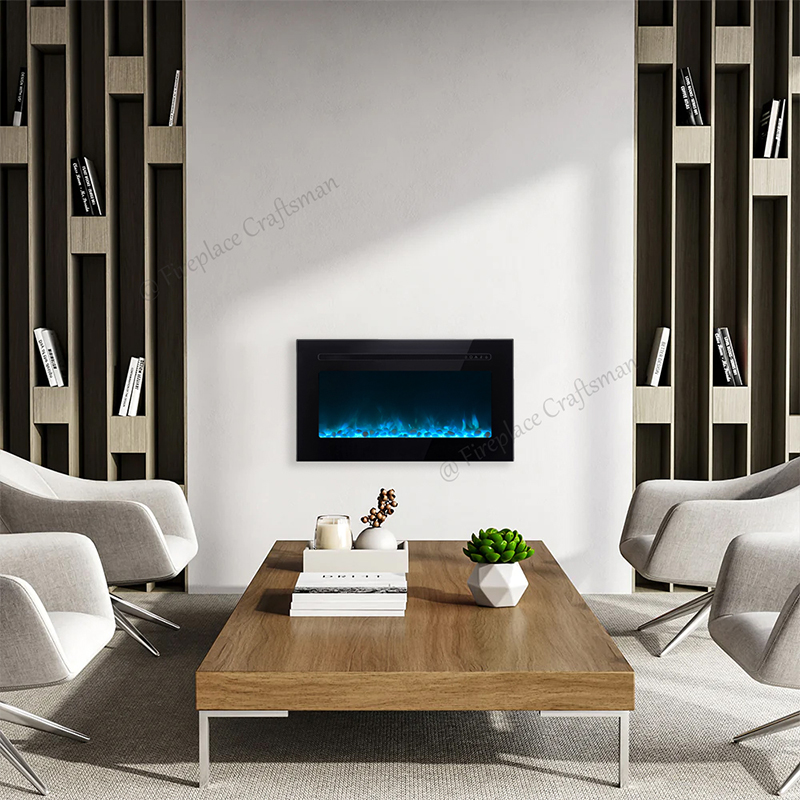
Considerations When Choosing Electric Fireplace Inserts
1. Power and Heating Capacity
Choose the appropriate power for the electric fireplace insert based on the room’s size. Generally, around 10 watts per square foot is needed. For example, a 150-square-foot room requires about a 1500-watt electric fireplace insert.
2. Design and Style
Electric fireplace inserts come in various designs and styles, from modern minimalistic to traditional classics, so choose according to the overall home decor style.
3. Additional Features
Consider whether you need additional features like remote controls, timers, or thermostat controls to enhance usability.
4. Brand and Quality
Choose reputable brands and high-quality products to ensure durability and safety.
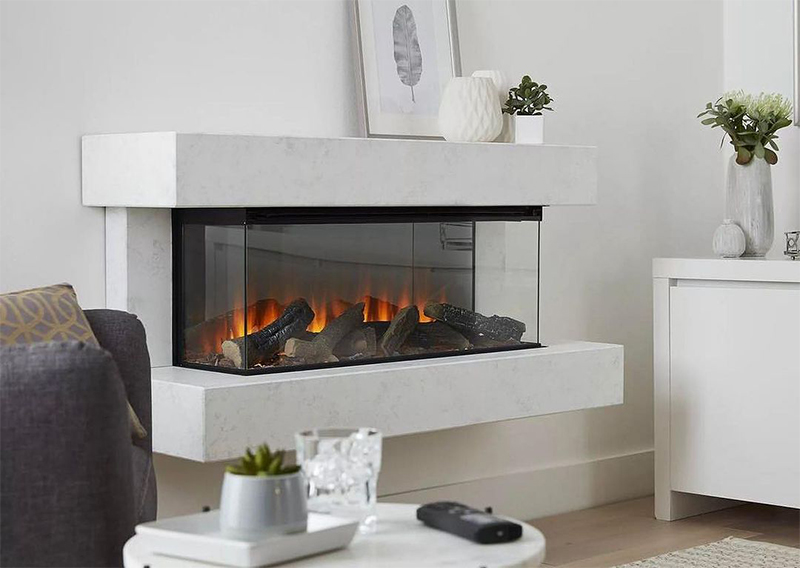
Conclusion
Insert electric fireplace heaters, with their chimney-free installation, convenience, eco-friendliness, and high safety, have become the ideal heating choice for modern households. Not only do they provide warmth, but they also enhance the interior décor, elevating the quality of life. If you’re considering adding warmth to your home, infrared electric fireplace inserts are undoubtedly a worthwhile investment.
Post time: May-30-2024












